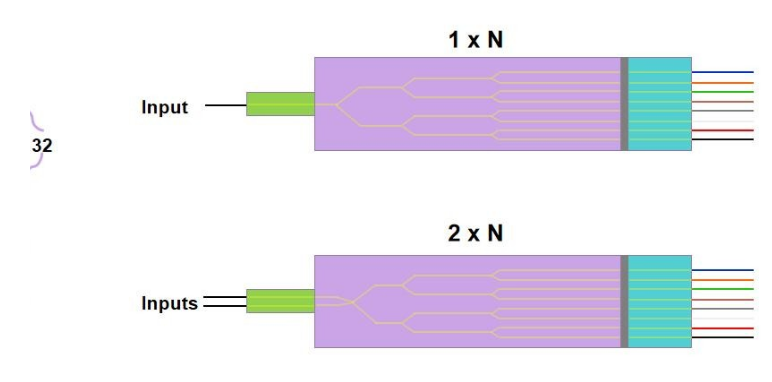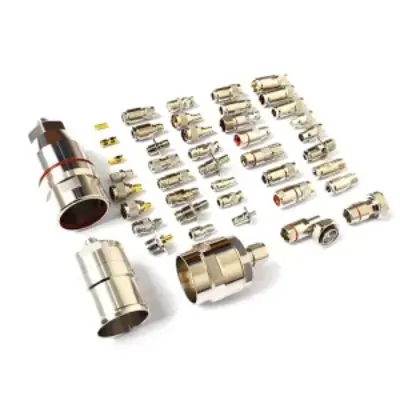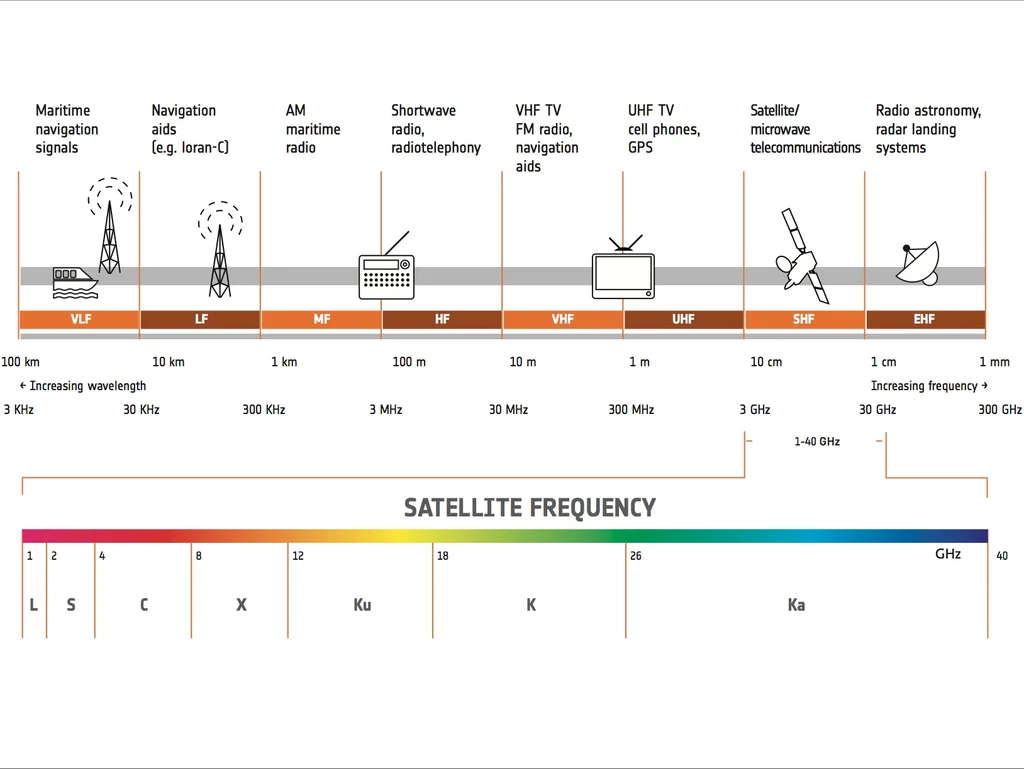The best ratio of 3 FTTH splitters
The optimal FTTH splitter ratios—1:2, 1:4, 1:8—vary based on user density and service needs, balancing signal quality and cost efficiency for targeted subscriber reach. 1:2, 1:4, 1:8 Splitters 1:2 Splitters – Luxury Other URLs For luxury condos or small residential buildings with a small number of customers, a 1:2 splitter can be the most effective […]
The best ratio of 3 FTTH splitters Read More »













